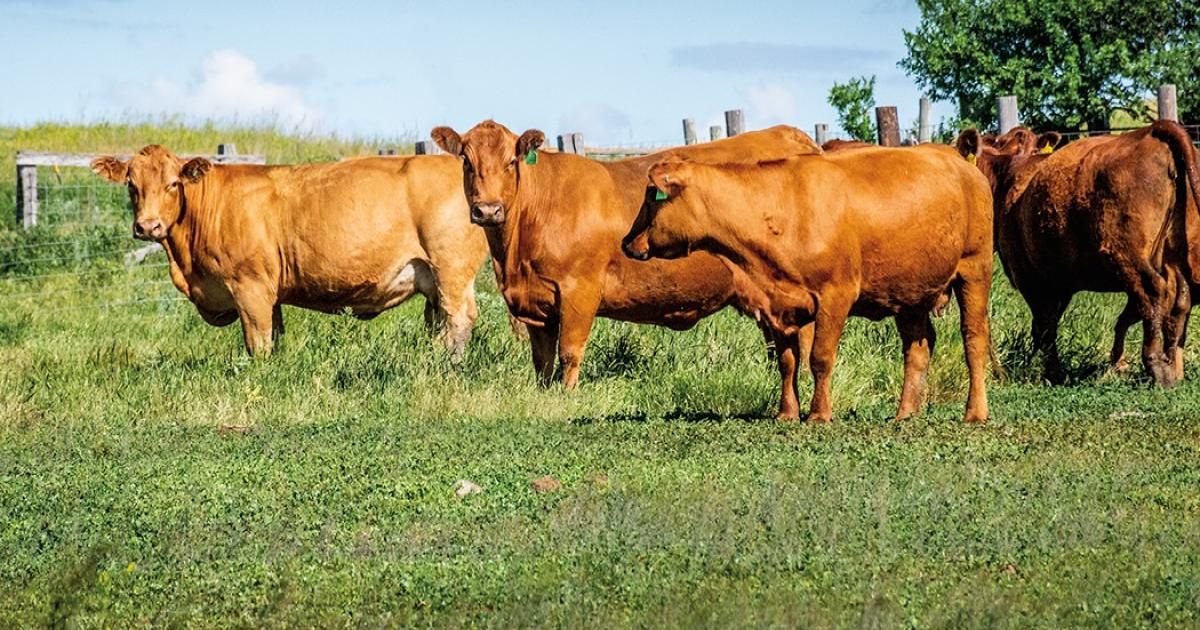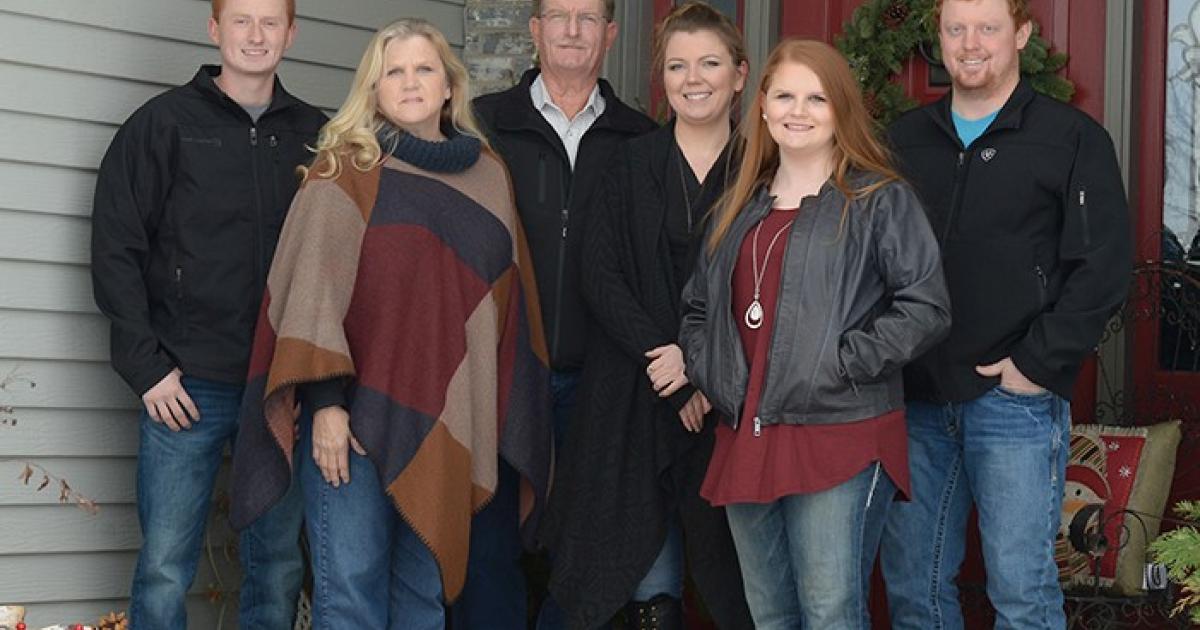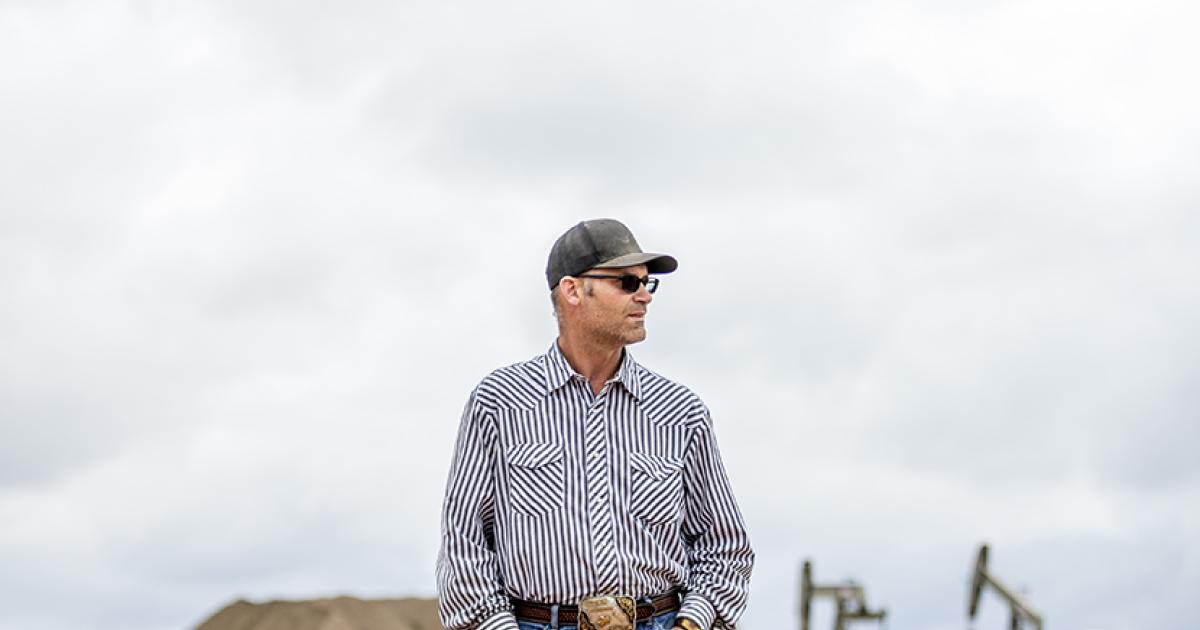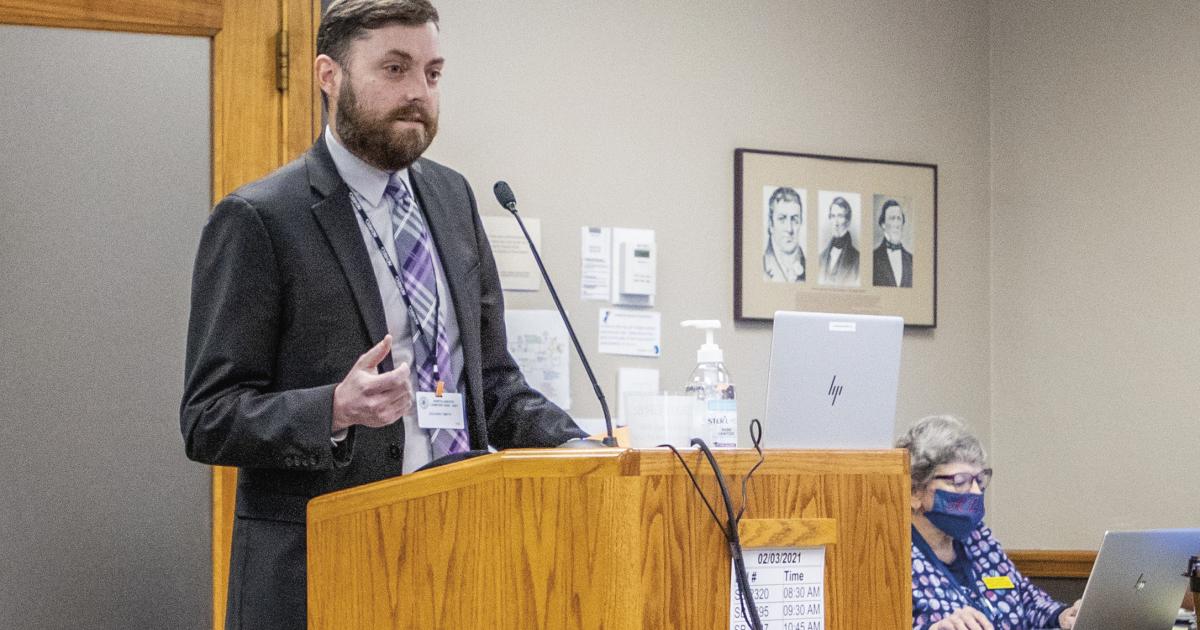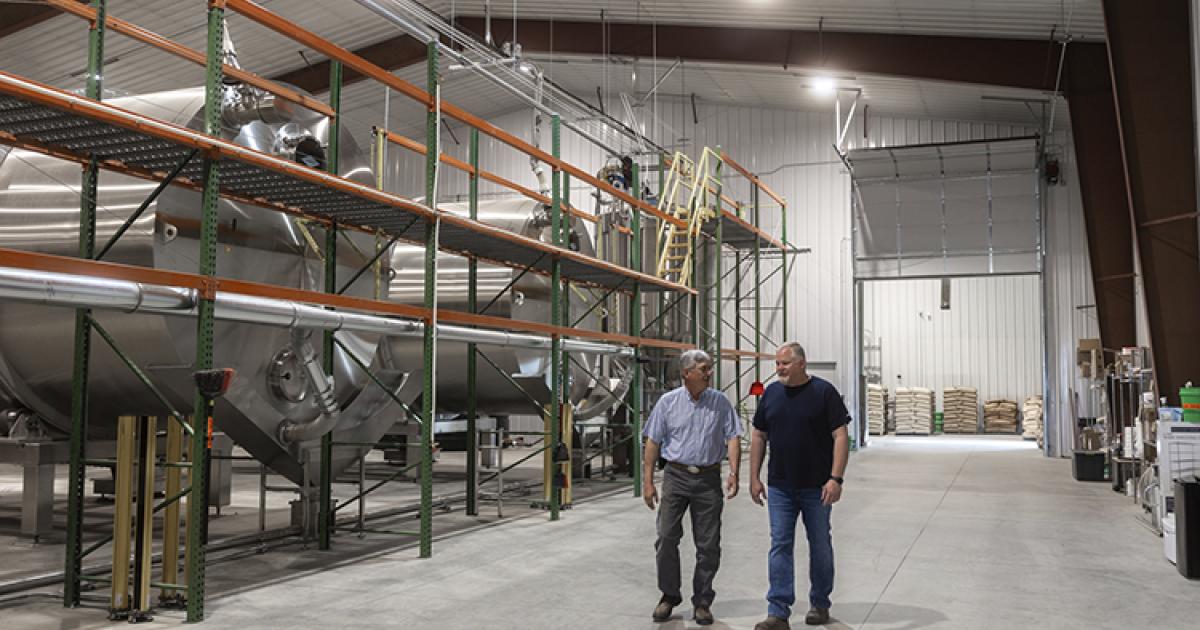“There’s a lot of stress in the countryside,” Chaseley rancher Corey Hart says. But he fears rougher water lies ahead. “The rancher hasn’t seen what coronavirus is going to do to them at this point.”
An economic analysis by leading livestock economists commissioned by Oklahoma Cooperative Extension Service and the National Cattlemen’s Beef Association in early April estimated a total loss of $13.6 billion for the beef cattle industry due to COVID-19 impacts. The report’s executive summary included the acknowledgement that “additional impacts are likely in the future.”
“COVID-19 has had a dramatic, negative impact on our industry,” says Julie Ellingson, executive vice president of the North Dakota Stockmen’s Association. “That damage has come in a variety of different forms and has had a substantial impact across all live cattle sectors.”
SUPPLY CHAIN DISRUPTIONS
Disruptions in the supply chain and slaughter capacity limitations from temporary closures or reduced workforce have caused frustration for ranchers and consumers alike.
“That limitation has caused an impact by backing up the supply,” Ellingson says. “I’ve heard from many producers that have been unable to obtain a bid – they have fed cattle ready to go – not just a low bid, but no bid, for weeks on end because there hasn’t been an outlet for them to deliver it to.”
“It’s been frustrating for consumers, too, who go to a retail outlet and find limited choices, even though we are on pace (in 2020) to have a record supply of protein here in the United States,” Ellingson says. “But we have to get it in the hands of the people who are looking for it.”
Supply issues, on top of increased demand, have bloated retail prices. The retail beef price composite (the average retail price of beef products) was $6.67 in May – up 80 cents or 13.6 percent from April, according to U.S. Department of Agriculture (USDA) Economic Research Service (ERS) figures. A pound of lean ground beef would have cost, on average, $5.52 at your grocery store in February. By May, that same pound of beef cost $6.10.
Yet, the rancher’s share of that pound of ground beef was decreasing. USDA ERS data reveals the farmers’ share of retail beef sales fell over 9 percent from February to May.
“There’s been an inverse relationship between cattle prices and retail prices,” Ellingson says.
This alarming trend prompted N.D. Attorney General Wayne Stenehjem to join attorneys general from 10 other Midwestern states in May to ask the U.S. Department of Justice (DOJ) to investigate suspected price fixing by meat packers in the cattle industry. North Dakota’s congressional delegation and the state Stockmen’s Association also urged the request.
In the cattle industry, four large beef processing companies, referred to as “the Big Four,” control about 80 percent of all beef processed in the United States.
“It’s one of the biggest monopolies in this country – the packing industry,” Hart says.
Ellingson sees the DOJ investigation as an opportunity to determine if any illegal activity exists, study supply chain issues in the industry and identify ways to reform or improve the current system.
In the United States, processors are subject to different tiers of inspection and have varying degrees of marketability. Only federally inspected processors are allowed to wholesale products in all 50 states. Custom exempt processors slaughter and process animals for the owner’s use only and are not eligible for resale, and state-inspected processors are allowed to wholesale in North Dakota and offer custom-exempt processing.
New federal legislation seeks to enhance market opportunities for state-inspected facilities. The New Markets for State-Inspected Meat and Poultry Act would allow meat and poultry products processed by Food Safety Inspection Service (FSIS) approved state Meat and Poultry Inspection (MPI) programs to be sold across state lines. Currently, 27 states have inspection programs “at least equal to” federal meat and/or poultry inspection programs.
“A state-inspected plant is inspected to a higher level than a federal plant is (in North Dakota),” says Hart, who serves on the board of the state-inspected Bowdon Meat Processing cooperative.
In Bowdon, COVID-19 disruptions have kept their processing cooperative busy. Hart says the cooperative processes 12 head of cattle each week, and processing spots started filling heavily in May. They are fully booked through 2020 and are now booking into 2021.
The story is the same for much of the state’s other processing facilities.
“If everything stays where it’s at now, every plant is going to be full,” Hart says.
CONNECTING PRODUCERS AND CONSUMERS
This pandemic trend, marked by increased local processing demand, might be one positive to come from the COVID-19 pandemic, in addition to the national conversation around supply chain in the cattle industry. Hart hopes it ultimately strengthens the connection between urban and rural.
“There is a disconnect between the city folks and the rural folks,” Hart says. “You kind of got to educate them. Many people don’t know they can buy beef directly from the rancher.”
He shares about a recent trip to Bismarck, where he ran into a woman staring at the meat case, clearly bewildered by the prices. He told her, “I can help you out with the beef, but I don’t have any with me right now.” The woman was so overwhelmed by Hart’s offer that she placed an online ad for his beef sales. Finding local meat to buy is “not any harder than looking for something online,” Hart says.
“If I could sell (all my steers) to the private sector, I’d be happy,” he says.
If you don’t have a relationship with a local rancher, try contacting your local butcher or meat processor. They are a frequent connector of producer and consumer and have expertise when it comes to direct animal sales.
Oftentimes, in direct producer-consumer sales, multiple families pool their resources to purchase an animal for butcher, sharing the cost and the meat.
For Ellingson and her North Dakota Stockmen’s Association team, they’ve also spent time trying to assist consumers who are doing more cooking at home during the pandemic, sharing resources and recipes from North Dakota cattle-ranching families.
“The cattle industry is truly our beef and butter,” she says. “It’s important we continue the dialogue and help connect consumers with the people who are raising their food.”
Cally Peterson is editor of North Dakota Living. She can be reached at cpeterson@ndarec.com.


